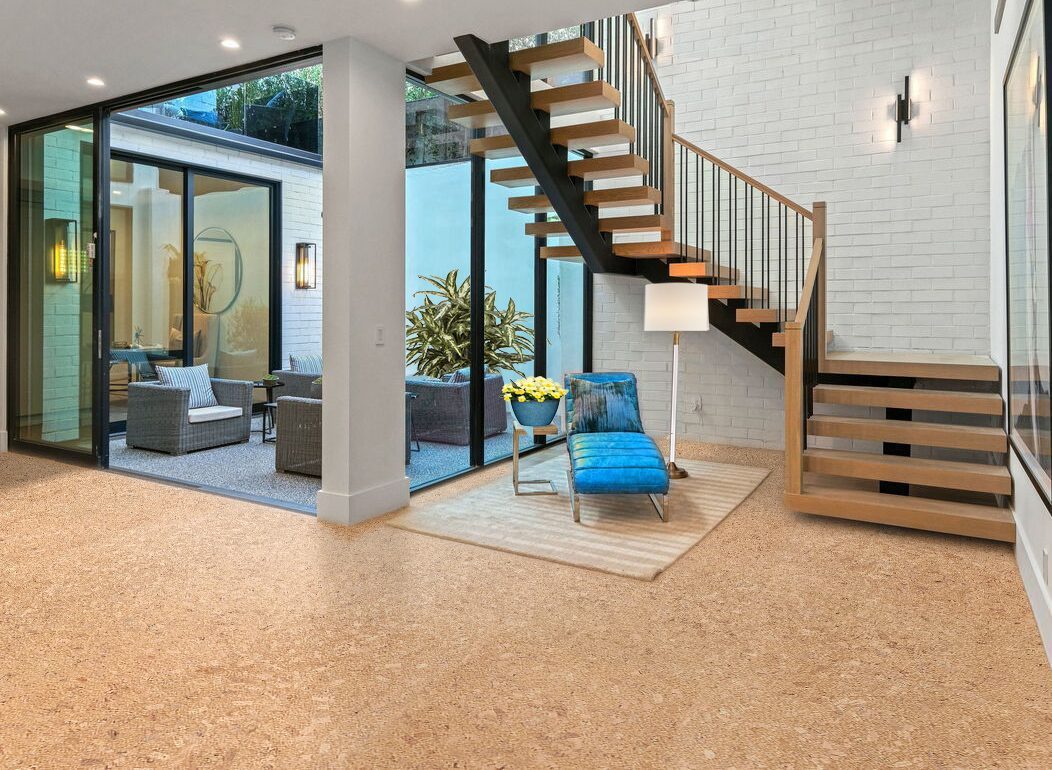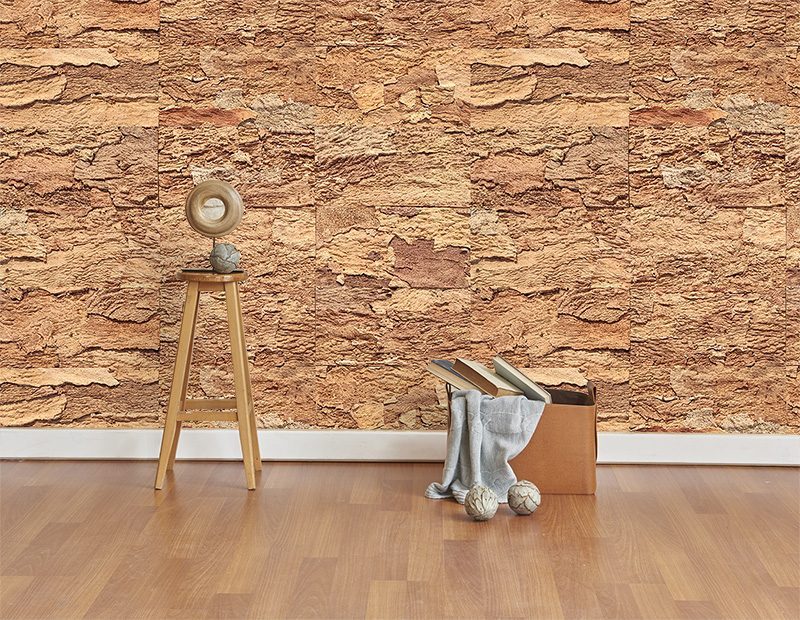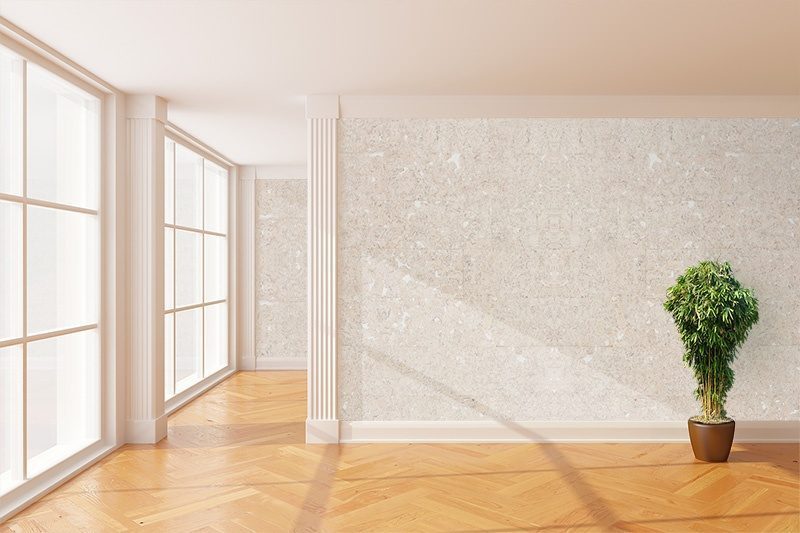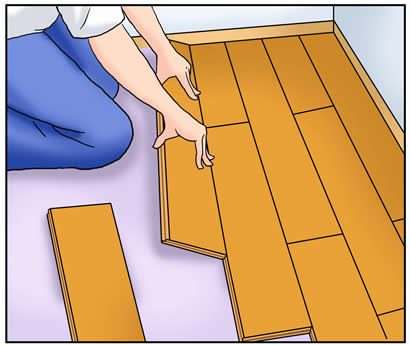Cork is a naturally occurring and renewable resource that may be harvested year after year. For hundreds of years, cork has been obtained from the bark of cork oak trees, which are native to Spain, Portugal, and Tunisia, and has been employed in the construction industry. It is a completely natural product. It has gained popularity as a flooring material in Canada and the United States as a result of its durability, aesthetic appeal, “green” capabilities, and other differentiating characteristics, among other factors.
Light Grey Oak
Wood-like Design Cork Flooring
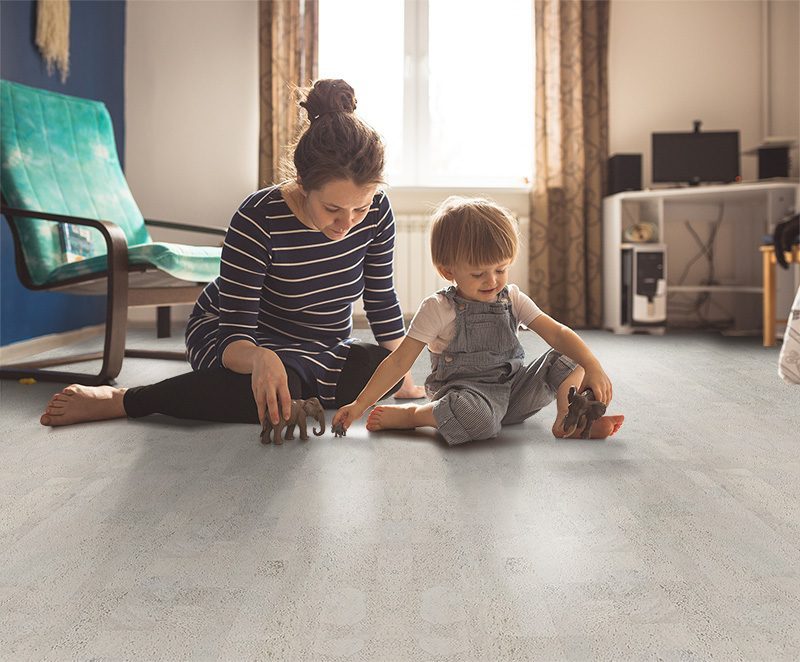
Grey Leather
Portuguese Grey Cork Flooring
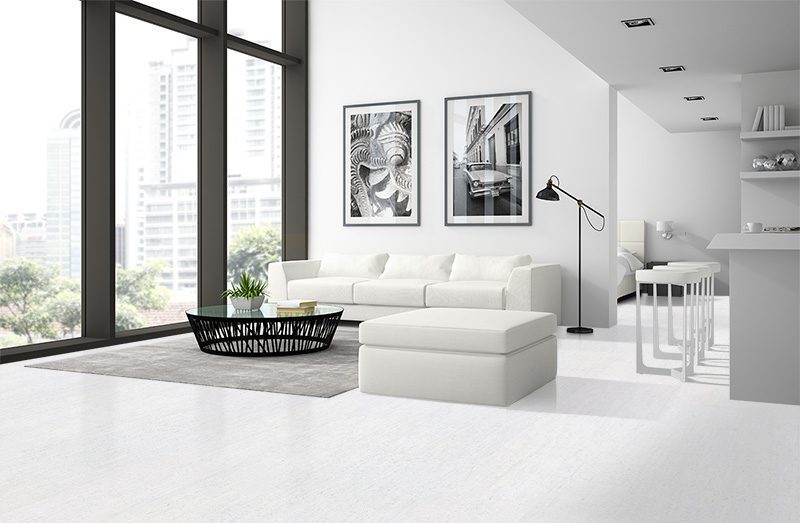
White Bamboo
Portuguese White Cork Flooring

Autumn Ripple
Natural Brown Cork Flooring
Benefits of Cork Floors
What makes Cork Flooring so great?
Durable
In addition to being resistant to cracking and abrasions, it is also impermeable to both gas and liquid when fitted correctly. Additionally, because cork flooring has the potential to bounce back, any indentations caused by furniture will only be temporary. Depending on how well it is maintained, cork flooring can last for up to 40 years or longer.

Healthy
Cork is inherently resistant to mold, mildew, and termites, and as a result, it is not a good choice for them. It also has anti-microbial qualities, which is another advantage. Cork flooring, in contrast to other types of flooring, does not produce gases or shed microfibers that could contaminate indoor air quality, as other types of flooring do.

Safe
Cork is a fire-resistant substance that will only melt or ignite when subjected to extremely high temperatures or pressure. Cork flooring emits much less smoke and hazardous material before and during burning than vinyl flooring, and it creates significantly less smoke and hazardous material during combustion.
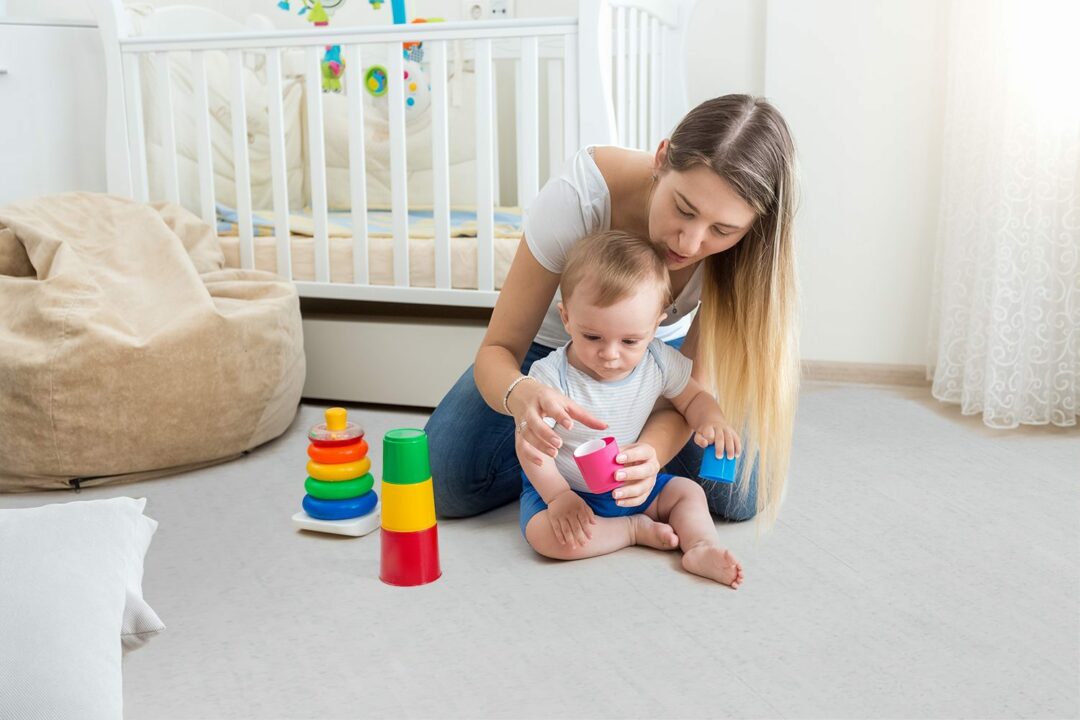
Comfortable
A cork floor provides a comfortable cushion underfoot because it “gives” when squeezed. When used as a natural thermal and acoustic insulator, cork flooring contributes to the overall feeling of a room being both warm and tranquil, even when it is not in use.
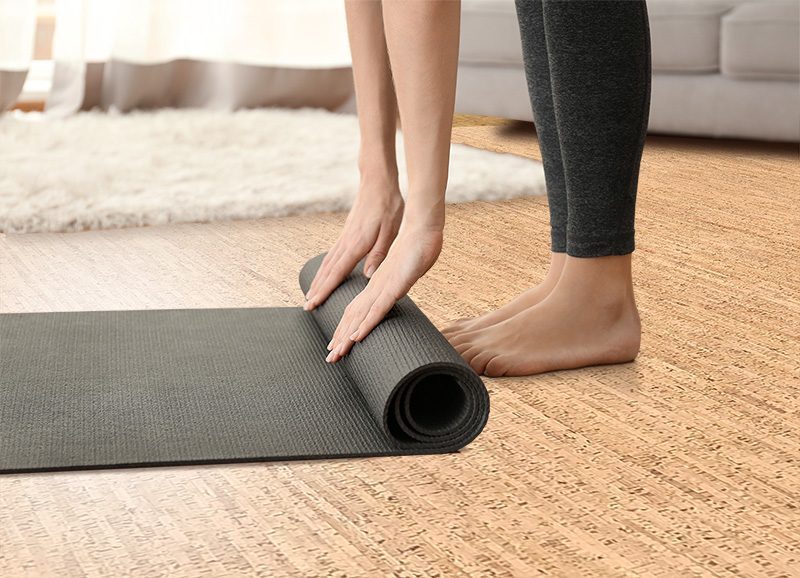
Variety of attractive designs
Cork flooring is available in a number of styles, colors, and sizes in both tiles and planks, and may be installed in any room of the house. Flooring that appears almost continuous, such as planks, or tiles that are a single or alternating color, such as tiles in a single or alternating color, can be utilized to create an unusual appearance.

Practical
In contrast to vinyl, the pattern and color of cork are permeable through the thickness of the material, allowing them to be retained long after the material has been worn away by the elements. This extends the period of time that the flooring can be used by the user.

Cork is a naturally occurring and renewable resource that may be harvested year after year. For hundreds of years, cork has been obtained from the bark of cork oak trees, which are native to Spain, Portugal, and Tunisia, and has been employed in the construction industry. It is a completely natural product. It has gained popularity as a flooring material in the United States as a result of its durability, aesthetic appeal, “green” capabilities, and other differentiating characteristics, among other factors. The following features can be found in cork flooring:
When utilized as a building material, cork has only a modest negative impact on the environment compared to other materials. For starters, the harvesting processes are friendly to the surrounding ecosystem. Before cork can be collected from a tree, it must be at least 25 years old; after that, it can be harvested every eight to fourteen years without inflicting any harm to the tree. Cork can be taken from a tree at any time during its life. Despite the fact that cork trees can live for up to 800 years, the typical lifespan is between 150 and 200 years for this species.
In addition, the manufacturing process for cork flooring produces minimal waste, making it an environmentally friendly option. Cork flooring, in reality, is a byproduct of the production of cork stoppers for wine bottles, which are used to seal bottles of wine. The residuals from the stopper manufacturing process are gathered and finely ground in a mill before being used. After then, binders are added to the ground cork in order to keep it from falling apart. Natural proteins, urea melamine, phenol formaldehyde, and other binding agents are the most commonly used when it comes to binding agents. All of them are quite stable once they have been treated. Finishing touches are used after the pigment has been introduced in order to achieve a variety of colors and textures.
Generally speaking, cork flooring is offered in two types of finishes: polyurethane/acrylic-based and water-based finishes. Acrylic and polyurethane finishes are the most prevalent types of finishes. A little tougher surface coatings, such as polyurethane/acrylic, will provide a bit more protection for the flooring as well as an improved appearance. Compared to solvent-based finishes, water-based coatings are more environmentally friendly, and they are also less likely to fade when exposed to sunshine. Comparing water-based coatings to their polyurethane/acrylic counterparts, water-based coatings are marginally more expensive.
Besides that, cork flooring can be used as an underlayment for hardwood flooring, laminate flooring, and ceramic tile flooring to reduce the amount of noise that is conveyed throughout a space.


